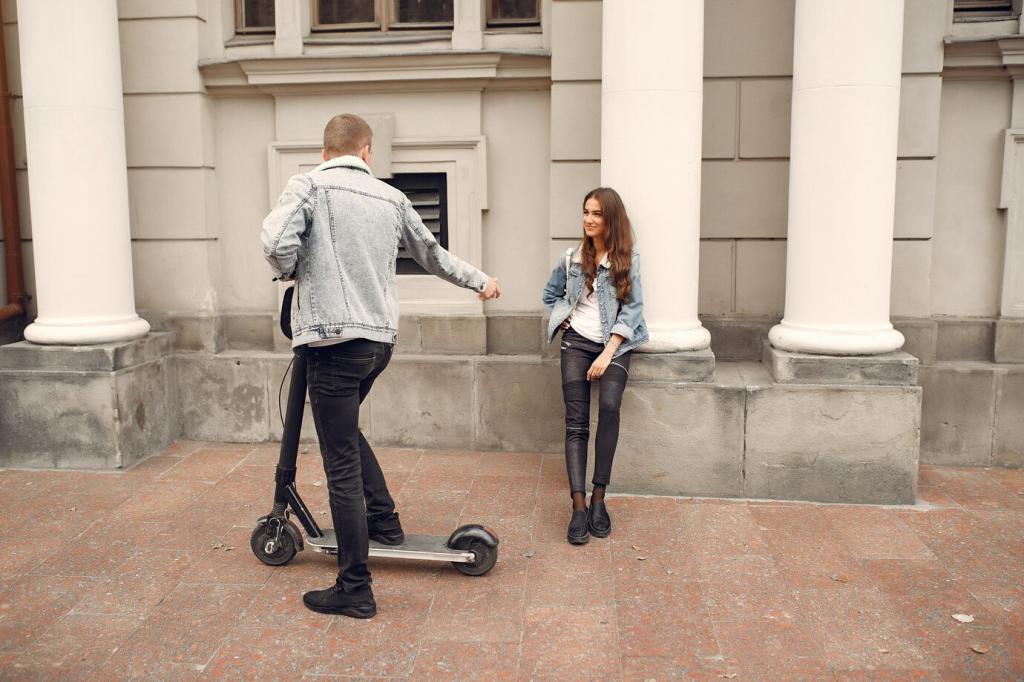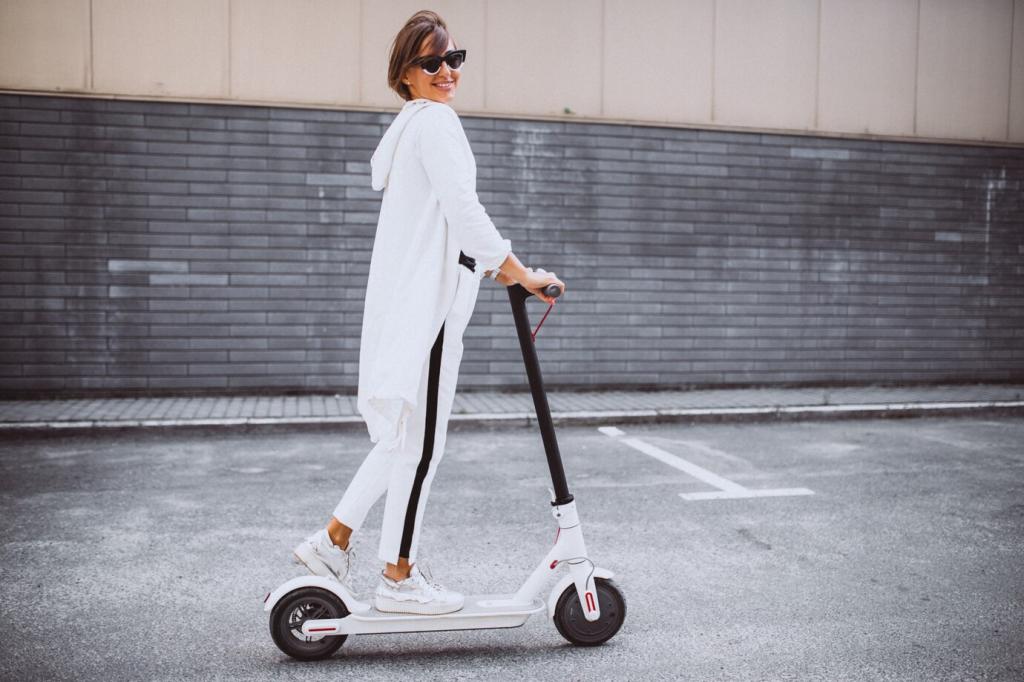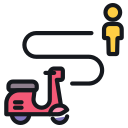Riding the Future: Electric Scooters and AI Integration
How AI Makes Scooters Smarter
Modern scooters pack accelerometers, gyros, wheel sensors, GPS, and sometimes cameras, running compact neural networks on low-power chips. This edge processing reduces latency, preserves privacy, and keeps rides responsive even when cellular coverage drops mid-commute. What sensor surprised you most?
Safety First: Computer Vision and Rider Guidance
Lightweight vision models can detect curbs, pedestrians, and parked vehicles, nudging riders with gentle haptics to keep a safe line. In shared spaces, timely cues reduce confusion and near misses. Have you encountered smart guidance? Share your impressions and what improved your confidence.
Safety First: Computer Vision and Rider Guidance
Rapid anomaly detection spots abrupt deceleration and tilt patterns associated with crashes, triggering on-device checks and optional SOS messages. Riders can predefine contacts, improving peace of mind on quiet routes. Would you opt into emergency sharing for quicker assistance? Let us know your thoughts.


Fleet Optimization for Cities
Time-series models forecast morning hubs and evening sinks, guiding vans and e-cargo bikes to reposition scooters proactively. Commuters find rides faster, and idle time plummets. Which neighborhoods in your city feel underserved? Comment so data teams can improve equitable coverage and service reliability.
Fleet Optimization for Cities
Optimization engines plan routes for swappers, prioritize low-state-of-charge units, and coordinate micro-depots using energy prices and grid constraints. The result: fewer dead scooters and calmer nights. Would you try incentives for returning scooters to charging hotspots? Share practical ideas for smarter charging.


User Experience Reimagined
A conversational coach explains braking techniques, cornering posture, and energy-saving habits with short, friendly tips. After rides, it celebrates improvements and suggests micro-goals. Would you appreciate weekly progress summaries? Subscribe and tell us which coaching insights matter most to your confidence.
Data Ethics, Privacy, and Governance
Models learn from on-device data without exporting raw personal information, sharing only updates with central servers. This reduces privacy risk while improving performance. Should riders opt into tiers of learning? Tell us how you’d balance personalization with control over sensitive behavioral signals.

Stories from the Street
Maya’s scooter gently warned of a loosening brake lever before the downhill stretch by the river. She scheduled a swap, grabbed coffee, and still made her train. Ever had tech quietly save your commute? Share your closest call and what changed afterward.
How You Can Get Involved
Sign up for local trials, vote on feature priorities, and share ride logs with privacy-respecting settings. Your feedback directly tunes models. Interested in early access? Subscribe now and tell us which routes, times, or weather conditions deserve the most attention during testing.

